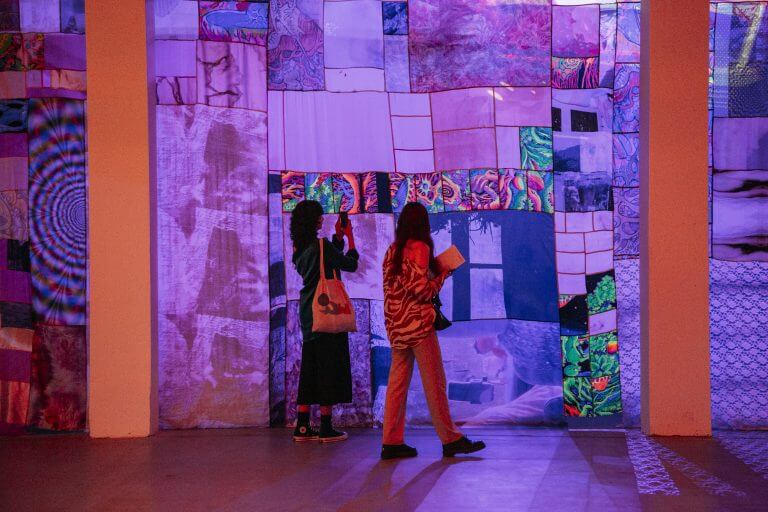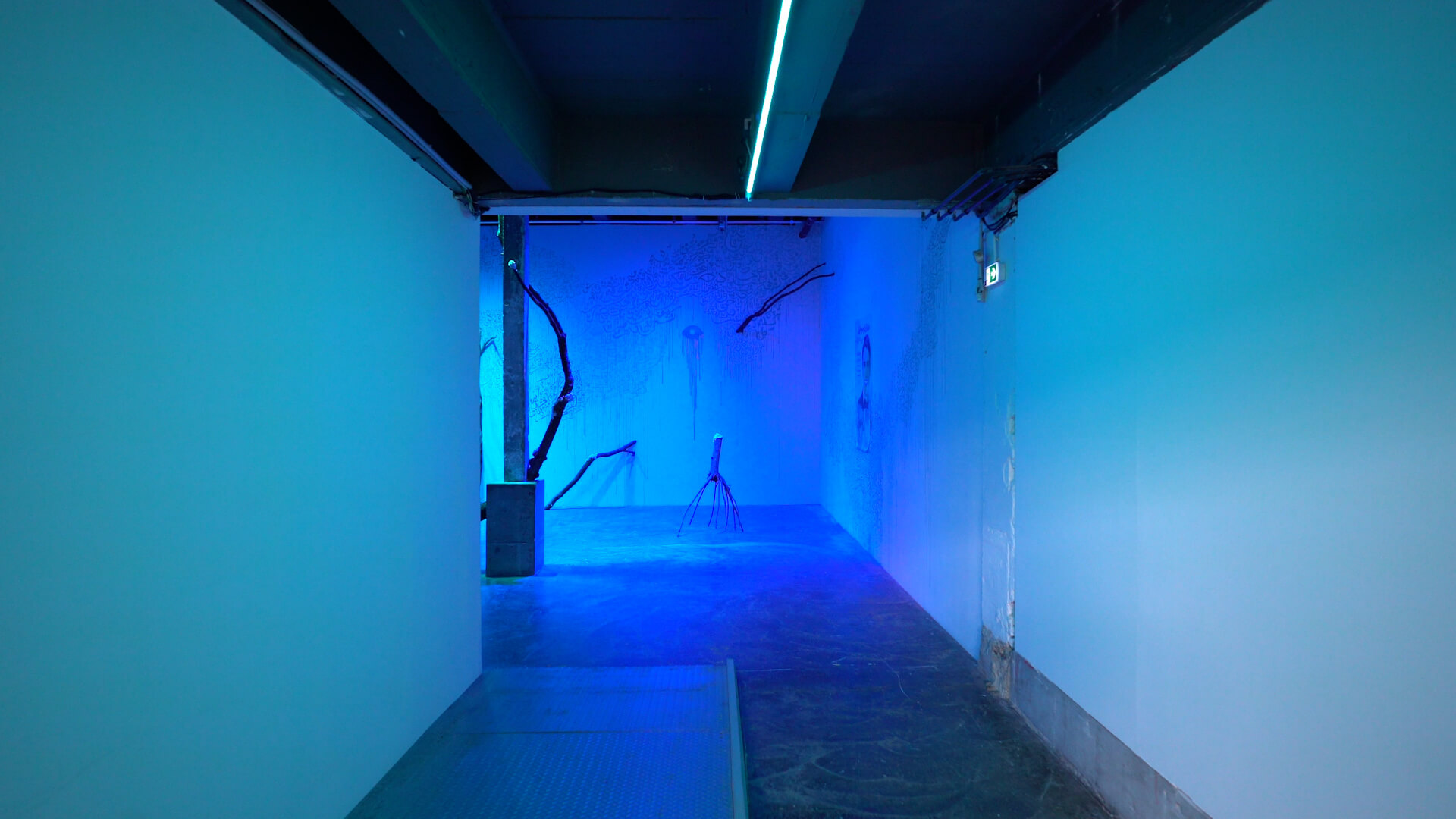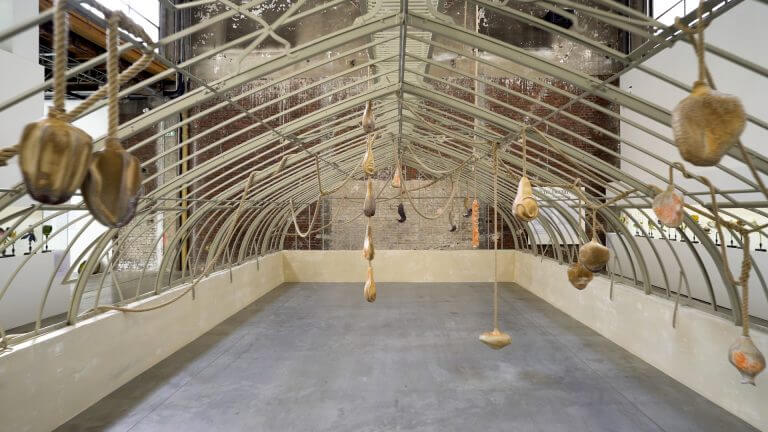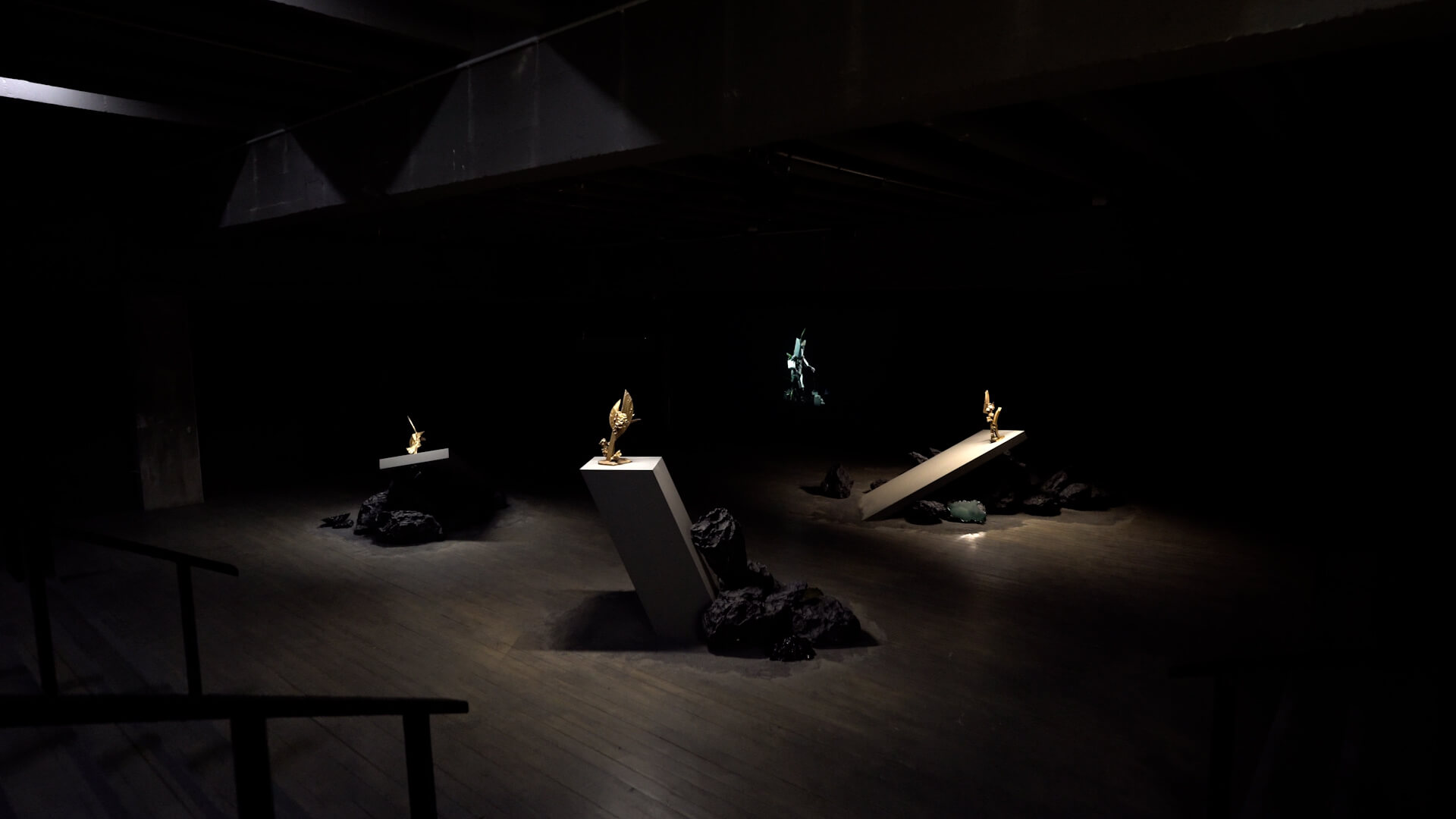SEARCH THE ENTIRE SITE

Reclaim the earth
Editorial by Guillaume Desanges
The relationships between humans and nature are at the heart of some of the most pressing and stimulating contemporary intellectual preoccupations: they call into question the very ideological foundations that underpin our ways of acting and thinking. Indeed, in the space of a few short years, the present has brought about an unforeseen and unforeseeable fusion of essential issues, at once political, economic, scientific, moral, societal, and, of course, aesthetic. An alignment of affects, like an alignment of the planets, to which artistic creation is ‘naturally’ indebted.
Rather than calling for a ‘return’ to older and supposedly more virtuous models, we ought to respond to this crisis by inventing new types of relationships to our environments, ones based on the achievements of anthropology, ecology and ethology, as well as on feminist scientific and ethical theories. In short, we must begin by completely rethinking rights and duties as they pertain to the living, by contesting the domination exerted by humans over things, by reconsidering the non-human as a subject in its own right rather than as an object, and by conceiving a system of multiple, shifting and reversible relationships within ecosystems to displace a damaging exercise of power over them.
This season’s “Reclaiming the Earth” programme at the Palais de Tokyo seems to me to resonate with all these issues, which although disparate can in many ways be considered as parts of a single entity. The programme addresses the relationship between the body and the earth, the disappearance of animal and plant species, the amplification of marginalized narratives and forms of knowledge, along with the spirits of nature, biological energies, agriculture, gardening and winemaking.
The rich diversity of these propositions does not prevent common lines of force from emerging. Throughout we find a particular attention to gestures, objects and materials, be this in sensual, affective, symbolic or therapeutic terms. We can similarly observe the frequent evocations of art’s “functions” that acknowledge and indeed affirm its use value, in defiance of the conventional, established categories of contemporary creation. Finally, we discover a positive, lively energy that renders poetic the often serious concerns addressed and which readily revives the spiritual, the emotional and the affective. Passing from art to craft by way of activist practices with a happy disregard for hierarchies, this season constitutes an ecosystem of forms in its own right, one that begins from an ecological reflection without a predetermined end in mind, but rather with a view to sharing those other energies and forces that animate the forms and ideas of the present, both here and elsewhere.
I am hopeful that the Palais de Tokyo will be able to integrate into its every action the issues that will have been raised within its walls over the course of the exhibition; that, in other words, we will be able to imagine a place that vibrates with these questions at every level and in its very way of thinking about art, culture, the world, and life.







